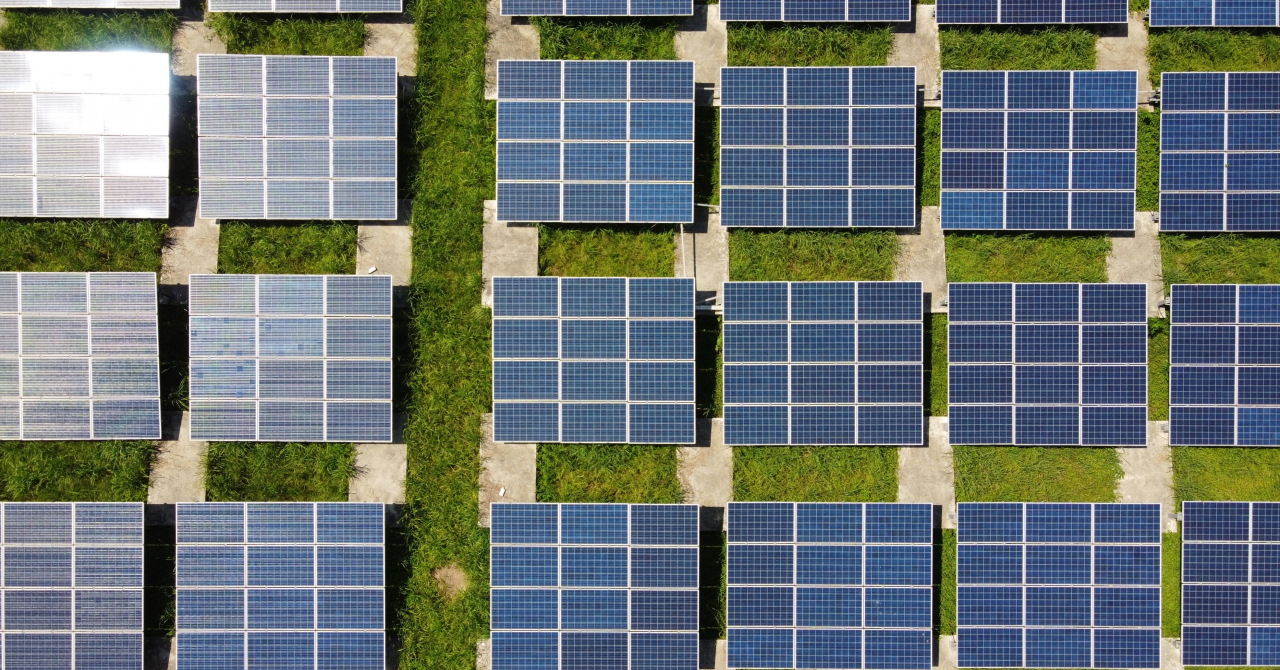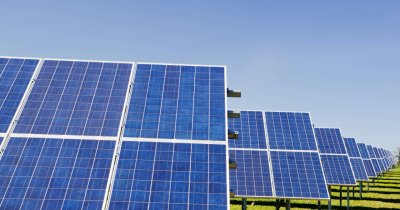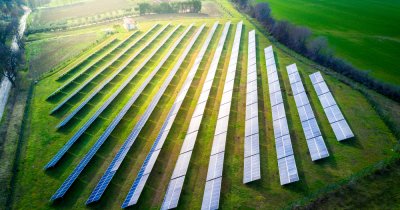Rohit Kalyanpur, founder and CEO of Optivolt, said that "if you assume the global solar install base was shaded an average of just 1% with a 5% standard deviation, 225 terawatt-hours of energy production was untapped in 2021 due to the limits of today’s solar technology. This represents roughly $29 billion in electricity generation and 11.2 billion kg of carbon emission offsets that went uncaptured. That’s just a conservative estimate, the real figure could be much higher."
The reason behind the power loss from traditional solar panels is due to the fact that solar cells need a diode to prevent the energy from leaking out of them when it is dark. Usually, a diode is located in a junction box on the back of the panel, but it can also be found in the charge controllers, which is a less ideal scenario.
This is why, when some cells produce power, but others are shaded, most of the generated power if not all of it, is simply wasted.
According to Clean Tehnica, by replacing the diodes with a more complex module, Optivolt was able to rebalance the power between the cells in order to minimize the waste of energy or completely eliminate it.
Accordingly, when a small portion of the panel is shaded, it only loses about 20-30% of its output as opposed to all or nearly all of it.
Alain Rothstein, partner at Atlas Innovate, stated that "what excites us about the technology is that it not only produces dramatic improvement for existing solar applications, but it enables the use of solar in new markets that are in dire need of ‘must-work’ critical power, such as 5G infrastructure and industrial IoT."
Optivolt's Pulse module could help all solar installations, no matter their size, and if it gets implemented on a large scale, it could be more efficient as opposed to simply installing more traditional solar panels.
 Mihai - Cristian Ioniță
Mihai - Cristian Ioniță












Any thoughts?